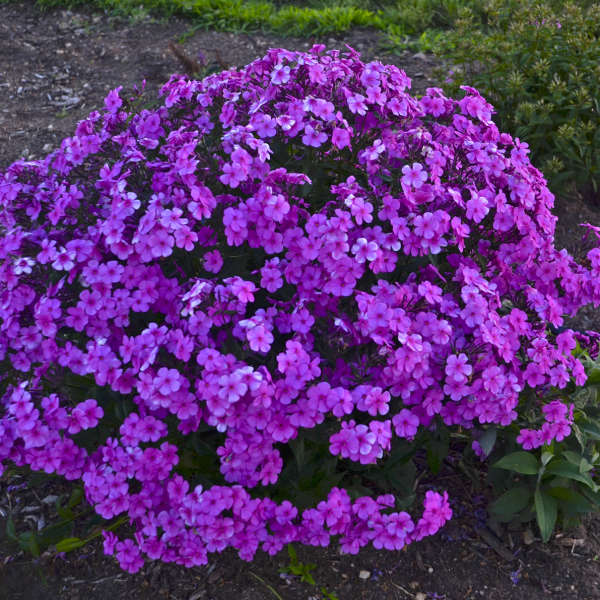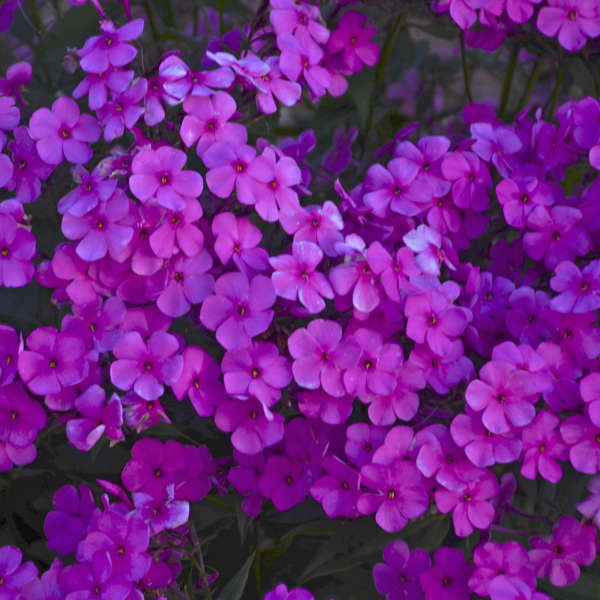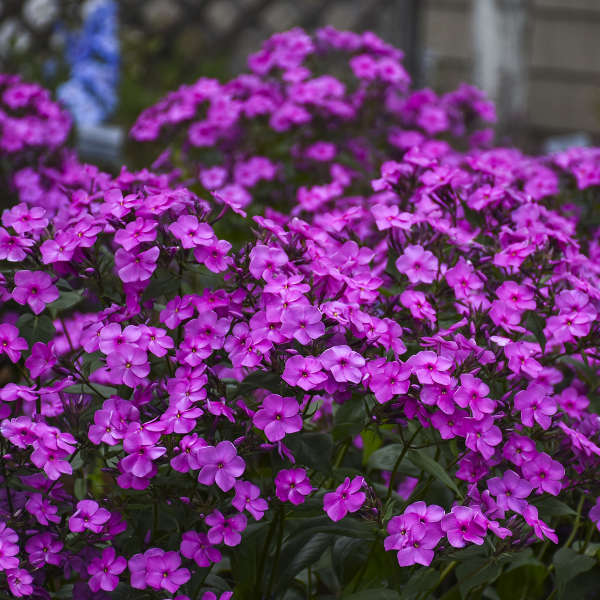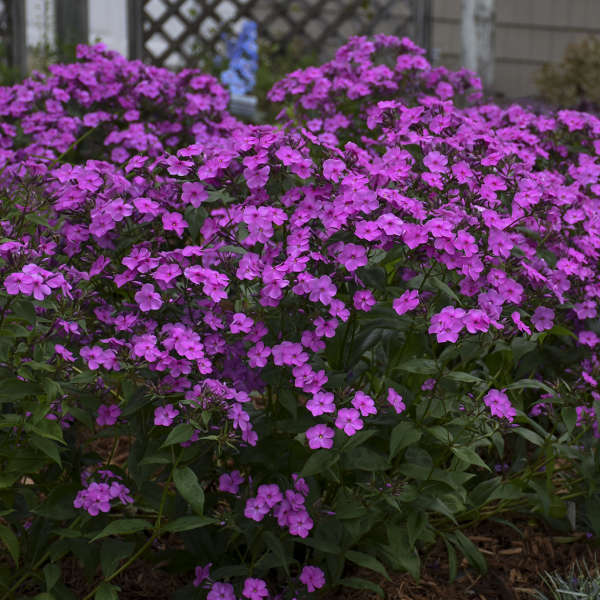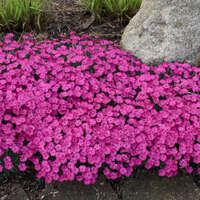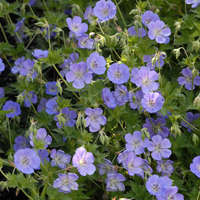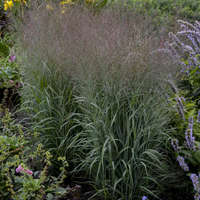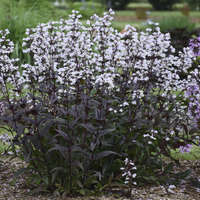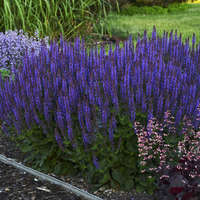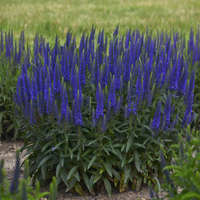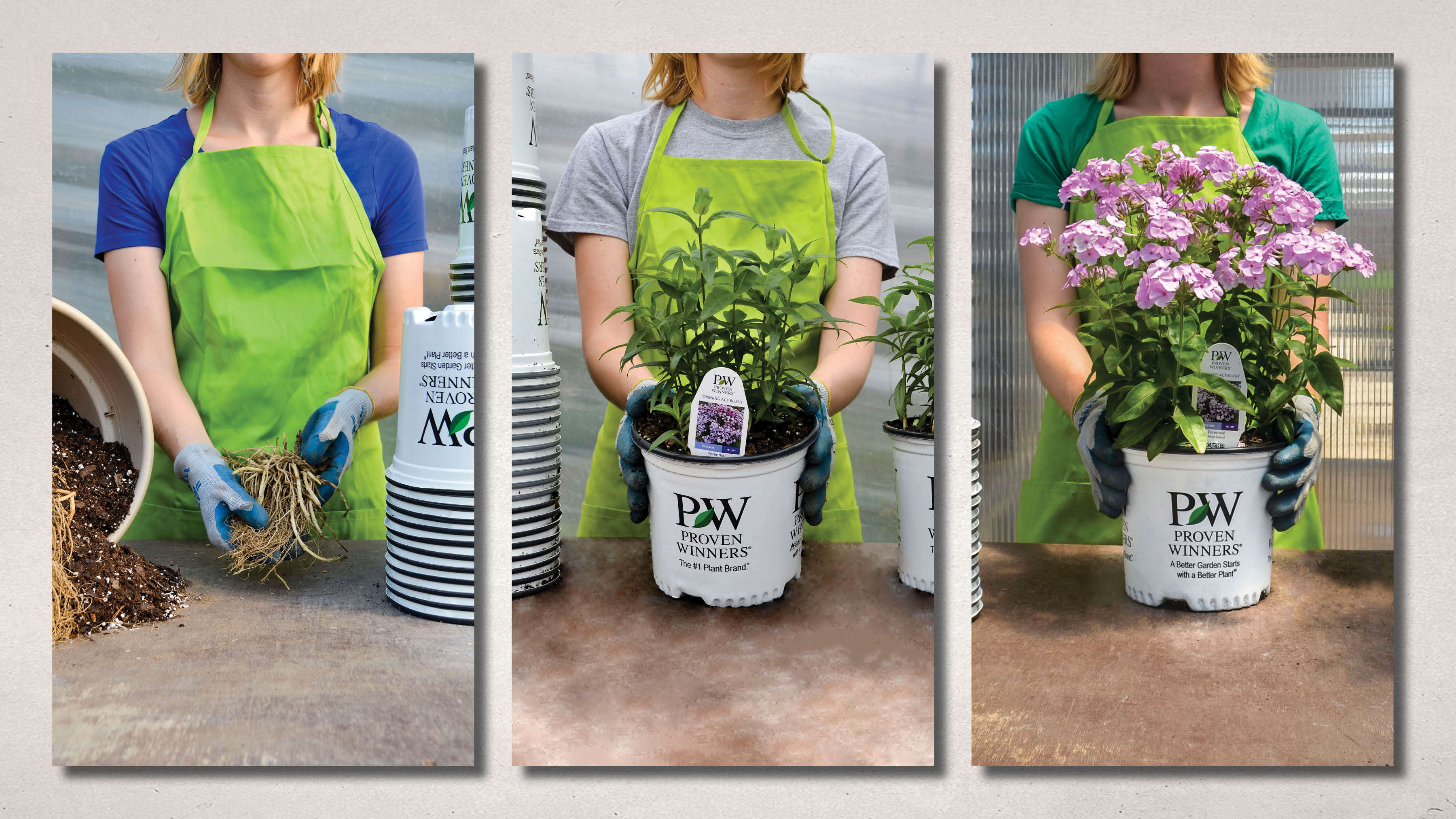Growing Temperature:
60-65° F
Holding Temperature:
40-50° F
Soil PH:
5.8-6.2
EC (What is EC?):
2.0-3.5 (pour-through method)
Fertility:
Best performance is at light to moderate fertility levels. Apply 100-150 ppm N via constant liquid feed, with higher feed (200-300 ppm N) as needed. Controlled-release fertilizer may also be used at the medium labeled rate.
Vernalization:
Vernalization will improve flower count and uniformity of flowering, provide 8-10 weeks between 35-40° F.
Pests & Diseases:
Aphids, thrips and spider mites are the main insect pests. Whitefly and leafhoppers will sometimes also affect hybrid phlox. Scout and treat as needed.
Hybrid phlox are resistant to powdery mildew, however plants should still be watched for this disease as well as for leaf spots, botrytis and crown/root rots. Proper growing conditions will help to minimize the incidence of diseases.
Potting & Timing:
For best results, plant plugs in late summer for sales the following spring. Bare root starting material or vernalized plugs may be planted during spring of the same year, with bare root creating a much fuller plant.
Moisture:
Hybrid phlox prefer moderate amounts of moisture. Water thoroughly and then allow to dry slightly before irrigating again.
Planting Level:
Plant plugs at soil level, bare root with crown slightly below soil line.
PGRs/Pinching:
Uniconazole (Sumagic/Concise) at 5 ppm or a tank mix of Daminozide (B-Nine/Dazide) 2000 ppm + Uniconazole (Sumagic/Concise) 3 ppm are effective at controlling stem elongation. May be repeated at 7 day intervals if needed.
When planting from unvernalized plugs in late summer,a soft pinch 1-2 weeks after transplant will improve branching.
Lighting:
After being vernalized, hybrid phlox can be forced under natural daylength conditions. Higher light intensities will result in higher quality plants.
Other Comments:
Hybrid phlox are an ideal plant for a premium 2 gallon container as well, this size is best planted from Grade 1 bare root in late winter to early summer for same season sales.


